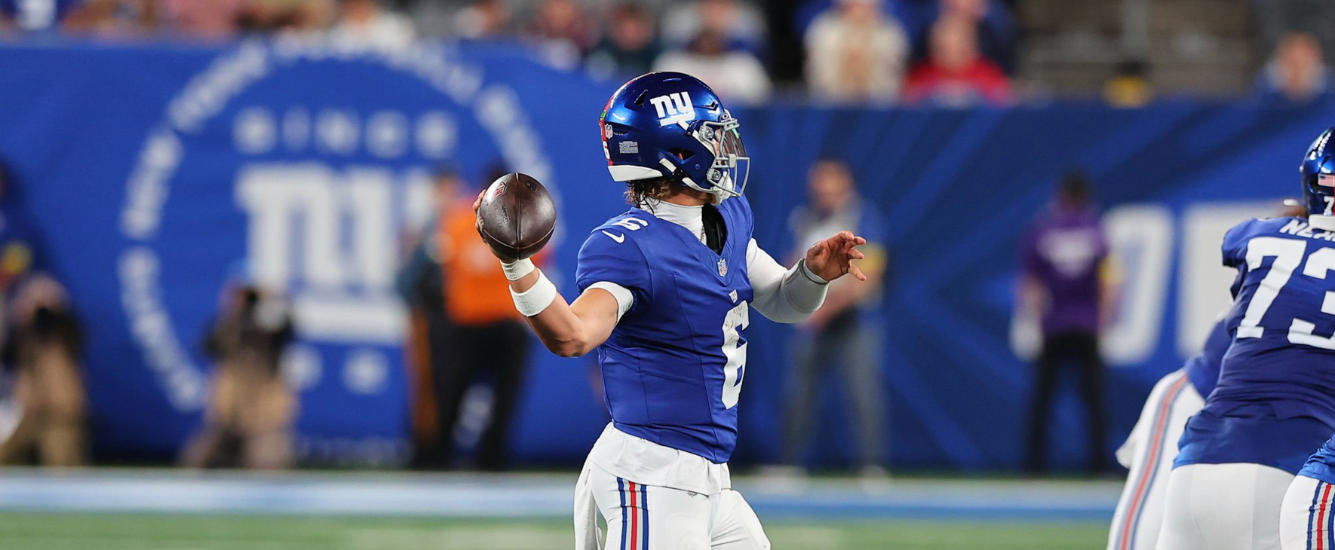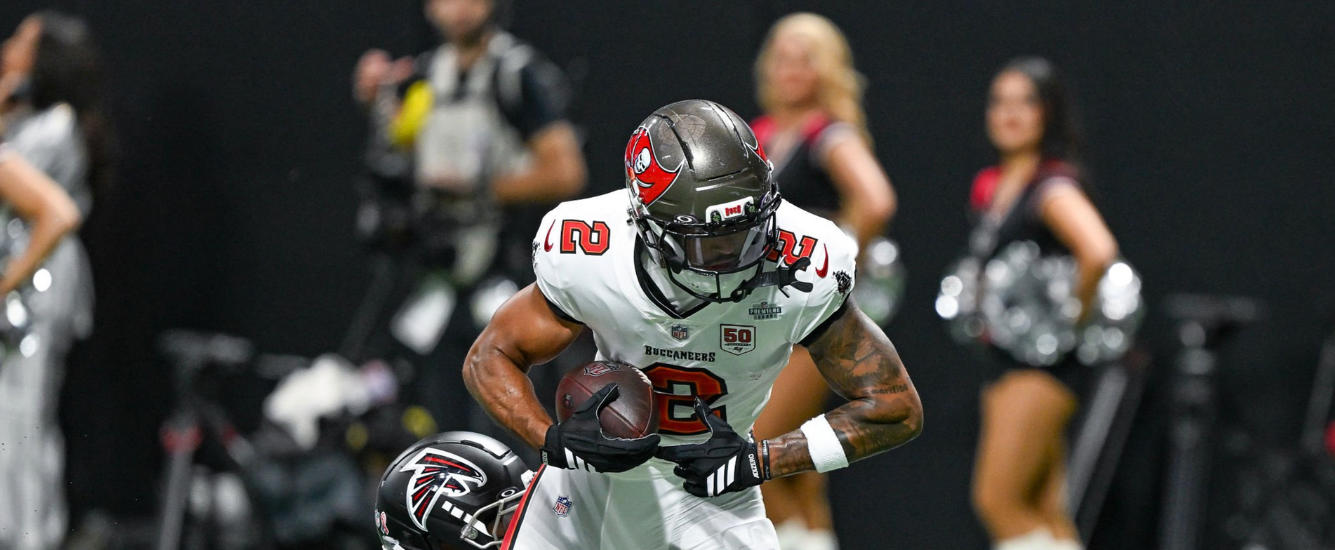Welcome to the game environment series. This weekly series will provide several games to target and fade, based on macro-level factors that impact fantasy production. We recommend using this in conjunction with our micro-level analysis, including the buy low report, the strength in numbers series, our quarterback, kicker, tight end, and defense streaming articles, and the slate of DFS analysis we provide. A quick primer on the factors we will consider.
Vegas Spreads
Vegas isn’t perfect, but driven by a large volume of capital, it remains one of the best pregame projections we have. Using spreads to predict game scripts is valuable for projecting both volume and efficiency of players. Running backs, for example, often see more volume when their teams are projected to win. Conversely, wide receivers often see less volume in these scenarios. Spreads give us a pregame glance into the most likely game script.
Vegas Totals
Games with high totals indicate a greater likelihood of more points, and consequently, more touchdowns. Given how dependent fantasy production is on touchdowns, targeting players in these games is often a wise decision. Quarterbacks perform best in games with high totals but with tight spreads. As such, these games will often garner high player ownership in DFS due to the use of game stacks, and we should target them in season-long leagues as well.
Pace (via the Pace app)
Pace factors into Vegas spreads and totals, but examining it in isolation also has merit. In short, the faster pace a team plays at, the more total plays it will run. The more plays a team has, the more chances a player has to score fantasy points. Our goal is to find games that will feature two teams that will play at a fast pace. Generally, we will focus on neutral game script pace (games within one score), but how teams operate when leading or trailing by more than a touchdown is also important to consider.
Pass/Rush Ratio
Passes generally earn more yardage than rushes and stop the clock more often. Therefore, games that feature teams with a high pass/rush ratio often see a bump in overall play volume.
Without further ado, let’s examine each of these factors for week 2.




















